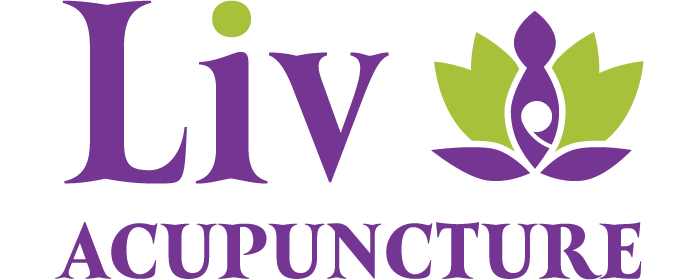In a world increasingly conscious of environmental impacts, acupuncture stands out as a beacon of sustainable practice. This age-old technique is not only beneficial for individual health and well-being but also treads lightly on our planet. Let’s delve into the green aspects of acupuncture and celebrate its low environmental impact.
Sustainable by Nature
At its core, acupuncture is rooted in the philosophy of balance and harmony—principles that extend beyond personal health to encompass environmental stewardship. This traditional practice requires minimal resources, and its reliance on natural techniques ensures a low ecological footprint.
Low Resource Utilization
Unlike many modern medical interventions that rely heavily on disposable materials and energy-intensive procedures, acupuncture is remarkably resource-efficient. The primary tool of the trade, the needle, is incredibly slender, minimally invasive, and requires negligible material to produce.
The Reuse and Recycling of Materials
While acupuncture needles are single-use for hygiene, their minimal material use significantly reduces waste compared to many medical disposables. Furthermore, these needles, typically made from stainless steel, are recyclable, adding another layer of environmental responsibility to the practice.
Energy Efficiency of Acupuncture Clinics
Acupuncture clinics, like LIV Acupuncture, are often models of energy efficiency. Our clinic, for instance, embraces natural light, uses energy-saving appliances, and fosters an ambiance of tranquility without relying on high-energy consumption.
Reducing Chemical Load
Acupuncture’s drug-free approach contributes significantly to reducing the chemical load on our bodies and the environment. By avoiding pharmaceuticals, which often have complex, energy-intensive production processes and potential for environmental harm, acupuncture offers a cleaner, greener alternative.
Supporting Local and Organic
In line with our holistic approach, we encourage and often integrate other natural therapies and remedies. This includes the use of local, organic herbs and compounds, supporting sustainable agriculture and reducing carbon footprint associated with transportation.
Community and Global Impact
By choosing acupuncture, individuals are not only making a decision that benefits their health but also participating in a wider movement of environmental consciousness. This choice echoes the principles of sustainability, supporting practices that are in harmony with our natural world.
Conclusion
Acupuncture, in essence, is a practice that aligns with the ethos of environmental stewardship. Its low environmental footprint, combined with the promotion of natural balance and wellness, makes it an ideal choice for those seeking health solutions that are kind to both their bodies and the planet. At LIV Acupuncture, we are proud to be part of this sustainable practice, offering a path to health that respects and preserves our natural world.
